Narrow mudguards
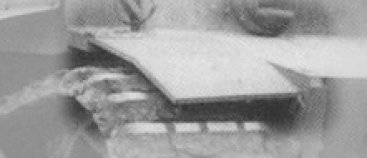
The front mudguards do not extend beyond the hull side. They have a bend across the middle. The mudguard is attached by a hinge and can be folded up.
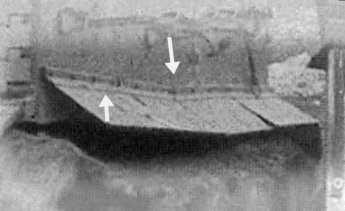
The side mudguards have no end panels or underside ribs. There is a slight bend in the line of bolts. The front two segments are shorter than the rear two. Each segment is made of two pieces, with a visible edge near the top.
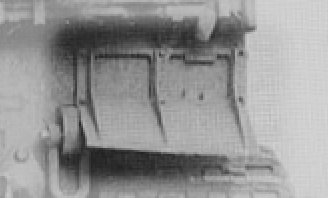
The rear mudguards do not extend beyond the hull side. They have 3 ribs. They are bolted to a frame on the hull wall and can be lifted off.
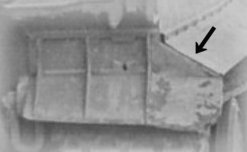
Some of the Tigers in Africa have extensions added to the rear mudguards, blending them crudely with the mudguards on the sides.
Wide, folding mudguards
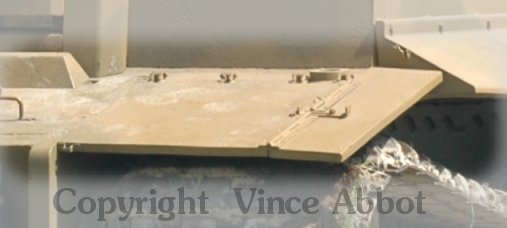
The front mudguard is wider than the hull, and completely flat. It can appear to be a continuation of the glacis plate.
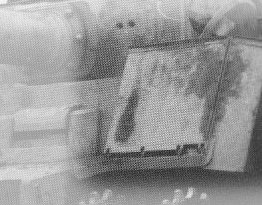
The entire front mudguard can be folded up.

The outer portion of the front mudguard can be folded up and locked in place. This is seen especially when the Tiger is loaded on a train.
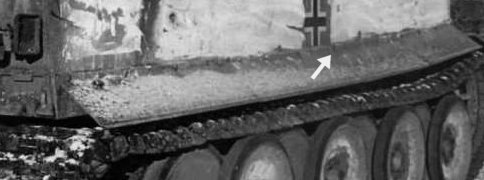
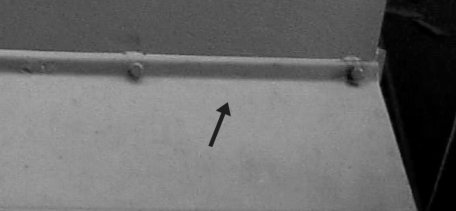
The side mudguards have no end panels or underside ribs. There is a slight bend in the line of bolts. The front two segments are shorter than the rear two. Each segment is made of one piece, with no visible edge or joint.
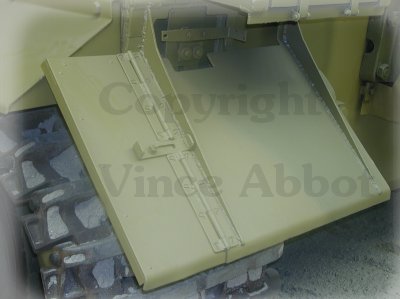
The rear mudguard has 2 flanges. The outer portion can be folded up.

The entire rear mudguard can be propped up on a small supporting arm.
Straight-line side mudguards

The front mudguard is wider than the hull, and completely flat. It can appear to be a continuation of the glacis plate.
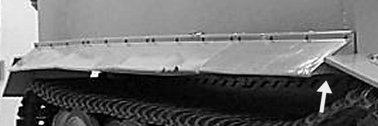
The side mudguard is made of 4 segments, all of the same length. The bolts form a straight line. There are end panels, and smaller stiffening ribs under the segments.

The rear mudguard has 2 flanges. The outer portion can be folded up.